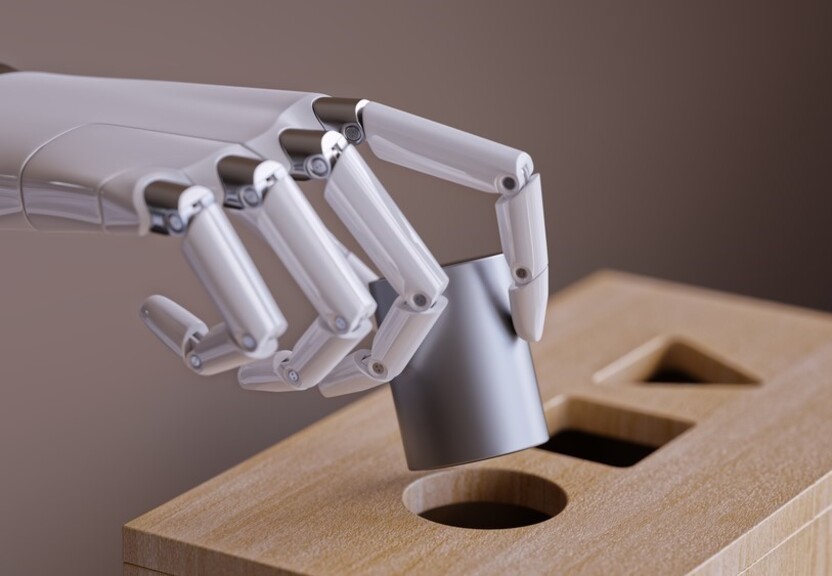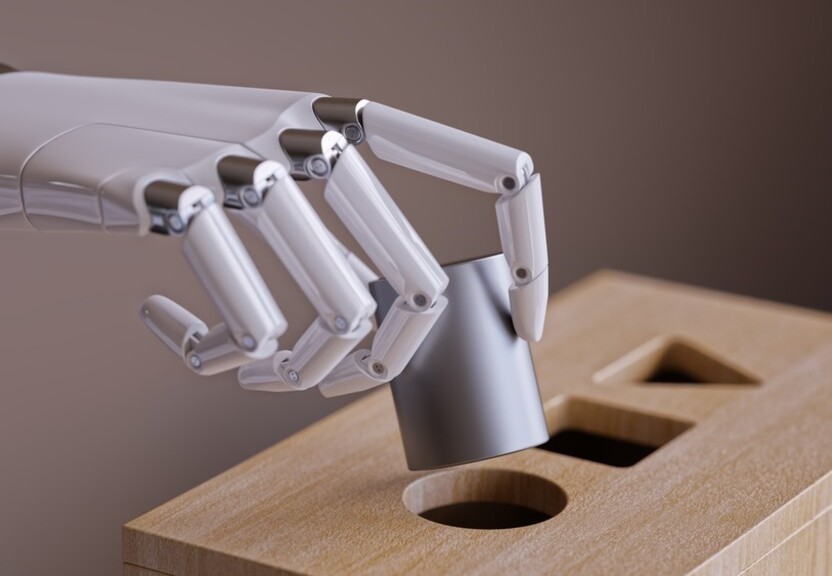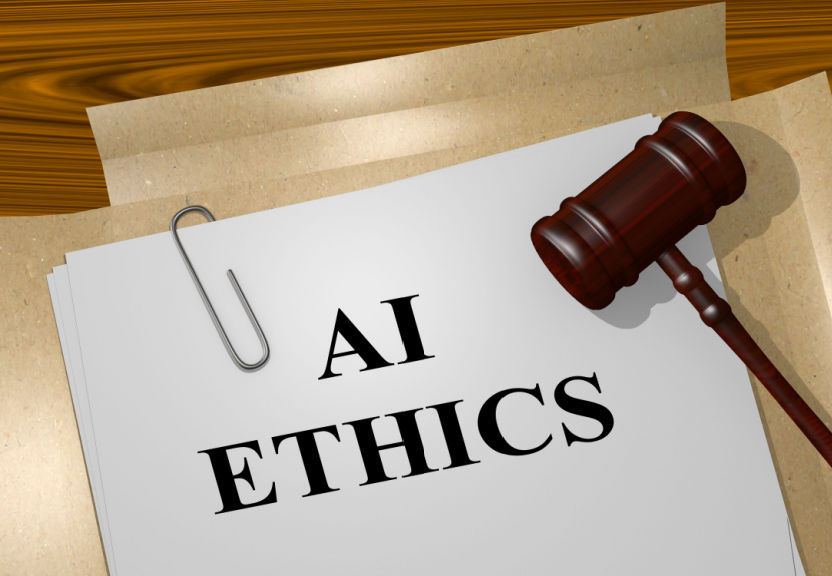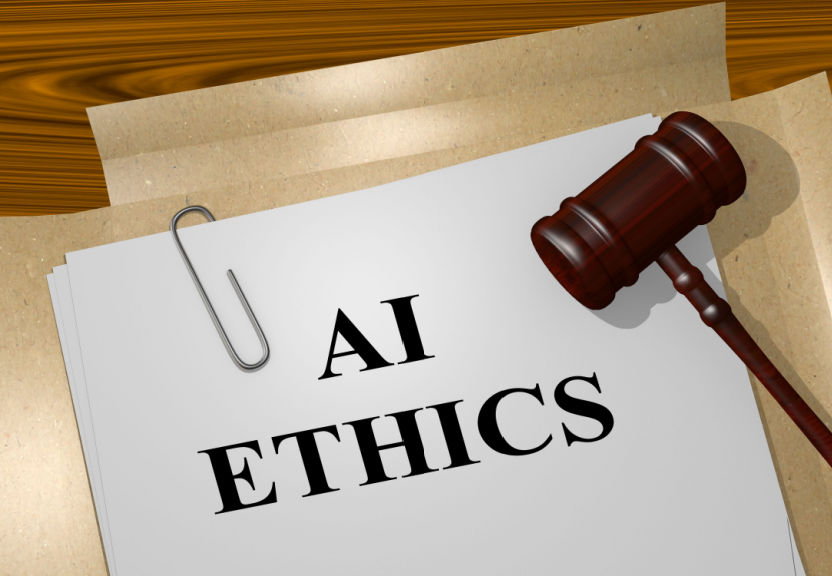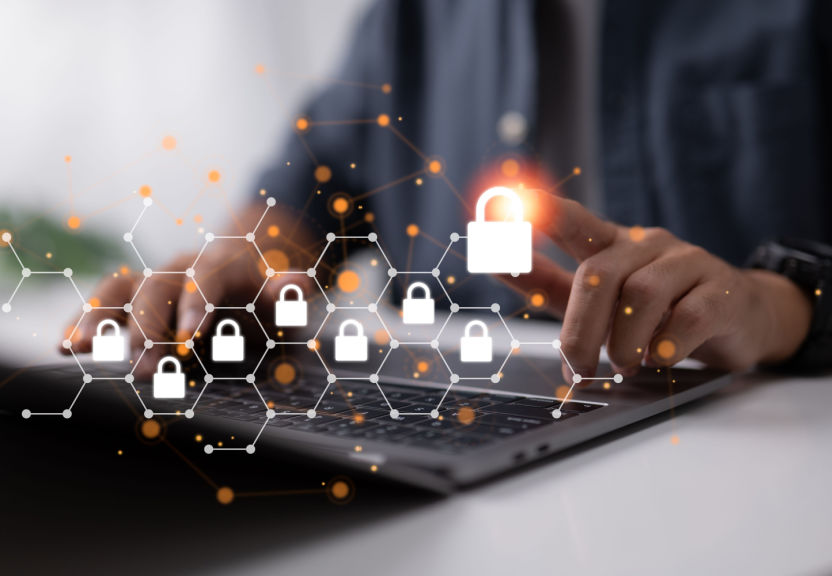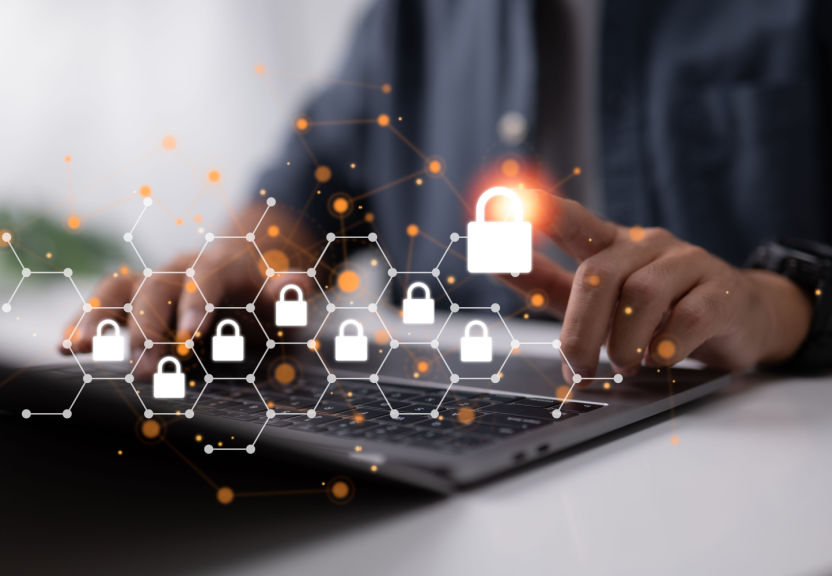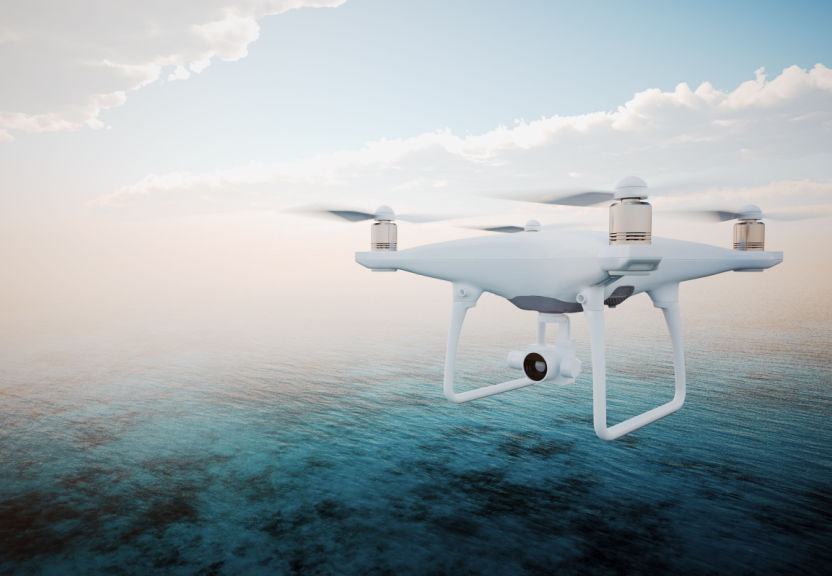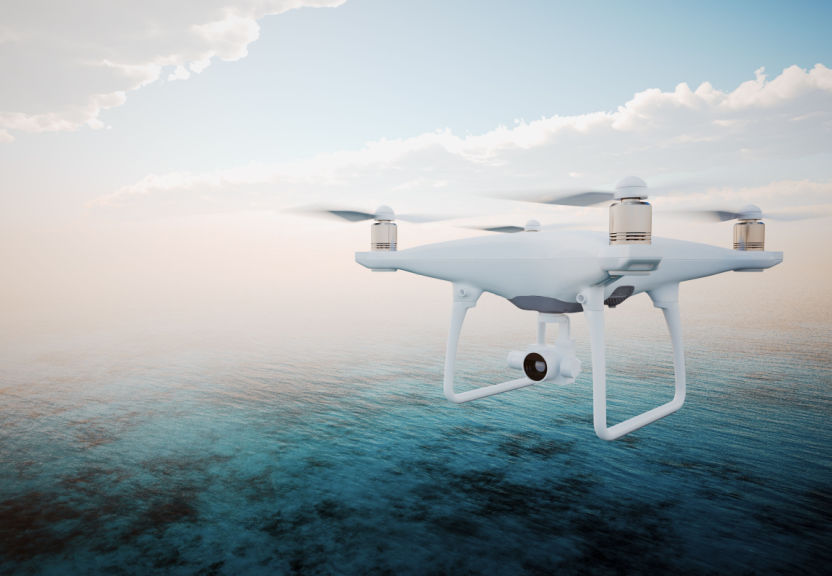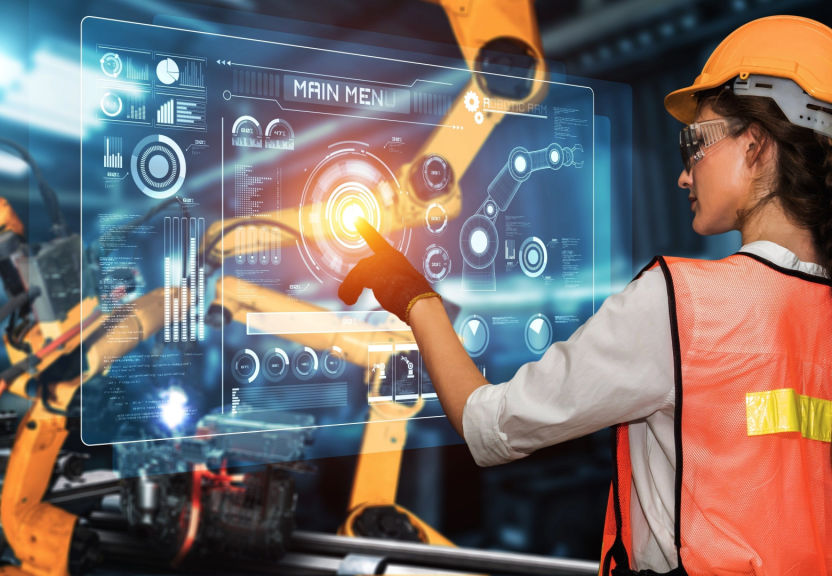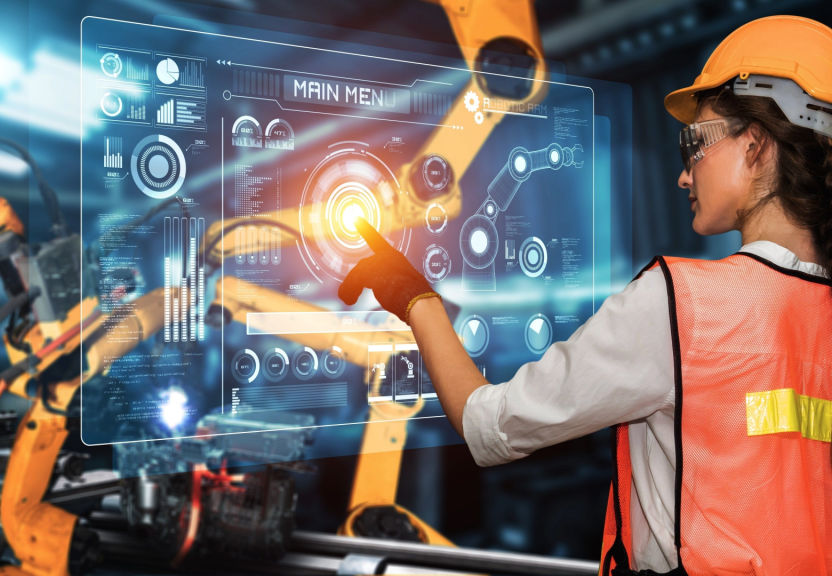Education and Training: AI Effects
Virtual reality (VR) and augmented reality (AR) are rapidly becoming popular tools in the field of education and training. Both technologies have the ability to immerse learners in realistic and interactive environments, making learning more engaging and effective. In this article, we will explore the use of VR and AR in education and training, and the benefits and challenges of these technologies.


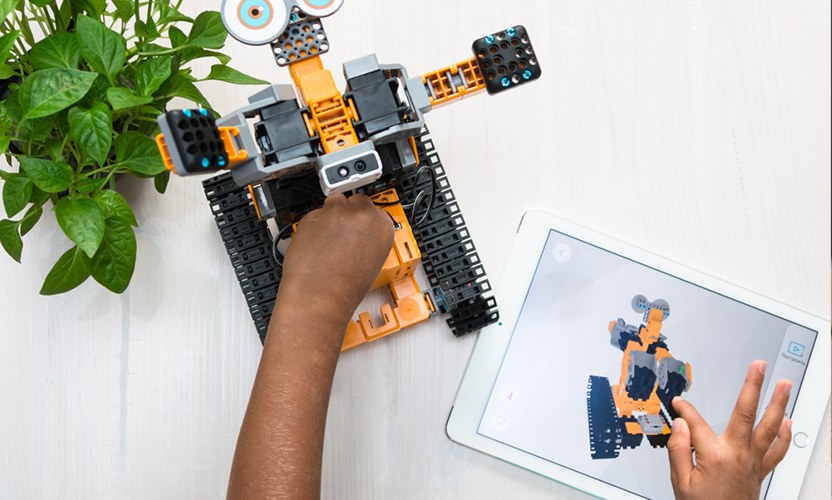
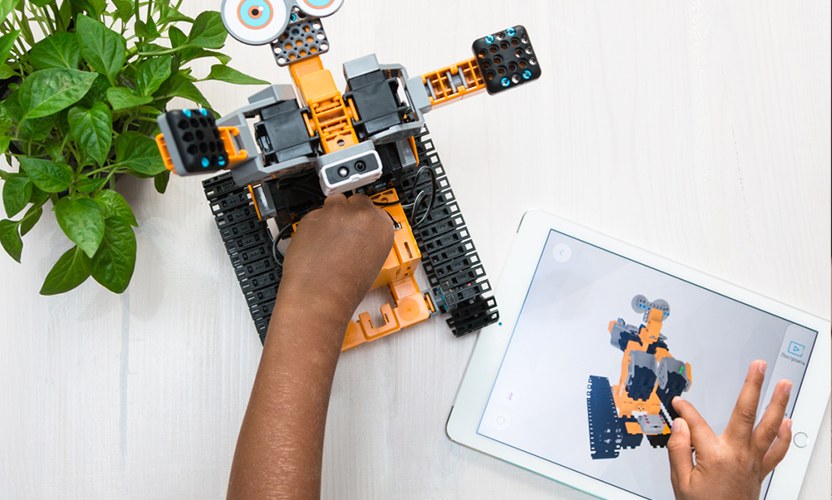
One of the most significant benefits of VR and AR in education is the ability to create immersive and interactive learning experiences. For example, VR can transport students to a virtual field trip to a historical site or a remote location, providing them with an experience that would otherwise be difficult or impossible to replicate in a traditional classroom setting. Similarly, AR can overlay virtual information and objects on the real world, allowing students to interact with and learn about them in a more natural and engaging way.
Another benefit of VR and AR in education is the ability to improve the effectiveness of training programs, particularly in fields such as healthcare and aviation. For example, VR can be used to simulate surgeries, allowing medical students to practice procedures in a realistic and safe environment. Similarly, AR can be used to overlay virtual information on flight simulators, allowing pilots to train for real-world situations in a controlled setting.
Despite these benefits, there are also challenges to using VR and AR in education and training. One major challenge is the cost, as both technologies can be expensive to implement and maintain. Additionally, there is a lack of standardized content and training programs, making it difficult for educators to incorporate VR and AR into their curriculum. Furthermore, the use of VR and AR in education and training might raise concerns about the students’ eyesight and other physical health issues.
To conclude, VR and AR have the potential to revolutionize education and training by creating immersive and interactive learning experiences. However, there are also challenges that must be overcome, including cost, lack of standardization and potential health issues. Investing in research and development to address these challenges, as well as investing in teacher training programs to help educators effectively integrate VR and AR into their curriculum, will be crucial to realizing the full potential of these technologies in education and training.
The articles and information within this website are my sole opinion and derived from my sole experience. They are meant for general information purposes only and is not meant to substitute professional dietary and/or health advice or treatment. If you have or suspect you may have allergies or medical issues which may be affected by certain foods, or have or suspect you may have any illness and/or disease and/or chronic ailment and/or other, you should promptly contact your health care provider. Any statements regarding diets and/or nutrition and/or health are to be used at your discretion and are not intended to diagnose, treat, cure or prevent any disease.




